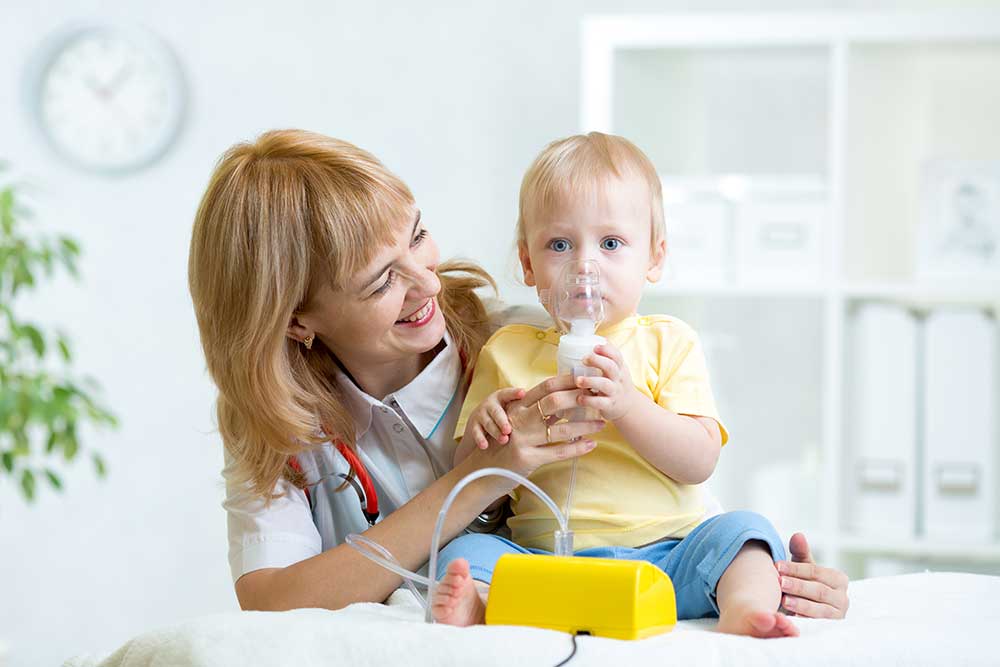Disclaimer: The information on our website is provided for general information purposes only. We make no representations or warranties of any kind, express or implied, about the completeness, accuracy, reliability, suitability or availability with respect to the website or the information contained on our website for any purpose. Any reliance on such information is therefore strictly at your own risk and we are not liable for any damages or losses arising out of or resulting from your reliance on any information contained on our website.
A respiratory therapist cares for patients of all ages from newborn to the aged that have breathing problems. They help those that have ranges of respiratory difficulties such as emphysema, asthma, or cystic fibrosis. They even assist in emergency situations for heart attack victims, drowning, or shock. Some respiratory therapists identify and treat patients with sleep apnea and are trained to use equipment like ventilators and oxygen tanks or other devices that would be needed to help a patient with their breathing problems.
Watch a video to learn what a respiratory therapist does:
How to Become a Respiratory Therapist

An associate’s degree with courses in chemistry, human anatomy, physics, physiology, math, microbiology, and pharmacology is needed to become a respiratory therapist. However, those holding a bachelor’s degree have the highest advantage for employment. You would also take courses in patient assessment, diagnostic, and therapeutic procedures or tests, as well as cardiopulmonary resuscitation (CPR). You also gain hands-on training and practical experience under a supervised professional.
A respiratory therapist must be licensed in every state with the exception of Alaska. One can obtain this educational program through vocational or technical institutes that are accredited, as well as colleges and universities. The military is another avenue to secure this education that would be approved by the Commission on Accreditation for Respiratory Care. It would be advantageous for a high school student that is interested in this occupation to take classes in math, biology, physics, health, and chemistry.
Job Description of a Respiratory Therapist
Respiratory therapists care for those with breathing difficulties that range from infants to the elderly and perform a variety of duties. Some examples of these breathing problems are cynic fibrosis, pneumonia, emphysema, or asthma. Therefore, a respiratory therapist must be able to treat a variety of issues.
Therapists must examine and interview patients as well as perform diagnostic tests that measure the flow and volume of oxygen when inhaling and exhaling. The therapist tests oxygen and carbon dioxide levels with a blood gas analyzer. He or she needs to gather blood samples. They need to consult with other physicians and monitor a patient’s progress.
A respiratory therapist also works in emergency rooms with those experiencing possible heart attacks, shock, or drowning. They can be found assisting patients with sleep apnea or helping in-home care teaching families or individuals to use life-support systems or oxygen. This requires that he or she inspects or cleans equipment and go over any medication requirements to be sure the person or family understands how to properly use them.
A respiratory therapist will also need to inspect the home environment for any possible hazards. They should be compassionate, detail-oriented, and have interpersonal skills. Skills in math, science, and problem-solving are needed as well.
Respiratory Therapist Career Video Transcript
When it comes to health, there’s nothing more fundamental than breathing. Respiratory therapists support all aspects of patients’ breathing and lung functions. Respiratory therapists work with patients to make sure they are breathing as comfortably as possible and receiving adequate oxygen, whether patients have a chronic lung disease, underdeveloped lungs at birth, or are recovering from trauma such as a heart attack, or near-drowning.
Respiratory therapists monitor and perform tests to assess patients’ lung capacity, and assist with treatments such as nebulizers, devices that administer medications into the lungs. They also assist with the placement of breathing tubes and withdrawing arterial blood to assess patient oxygen levels. Most respiratory therapists work in hospitals. There, much of their time is spent operating mechanical ventilators for patients with breathing tubes. They also work in long-term care facilities.
These healthcare professionals generally work full-time and may work evenings, weekends, and serve on-call. Respiratory therapists generally need at least an associate’s degree in respiratory therapy, and a license to practice. Some employers prefer a bachelor’s degree.
Article Citations
Bureau of Labor Statistics, U.S. Department of Labor, Occupational Outlook Handbook, Respiratory Therapist.
National Center for O*NET Development. 29-1126.00. O*NET OnLine.
The career video is in the public domain from the U. S. Department of Labor, Employment and Training Administration.


